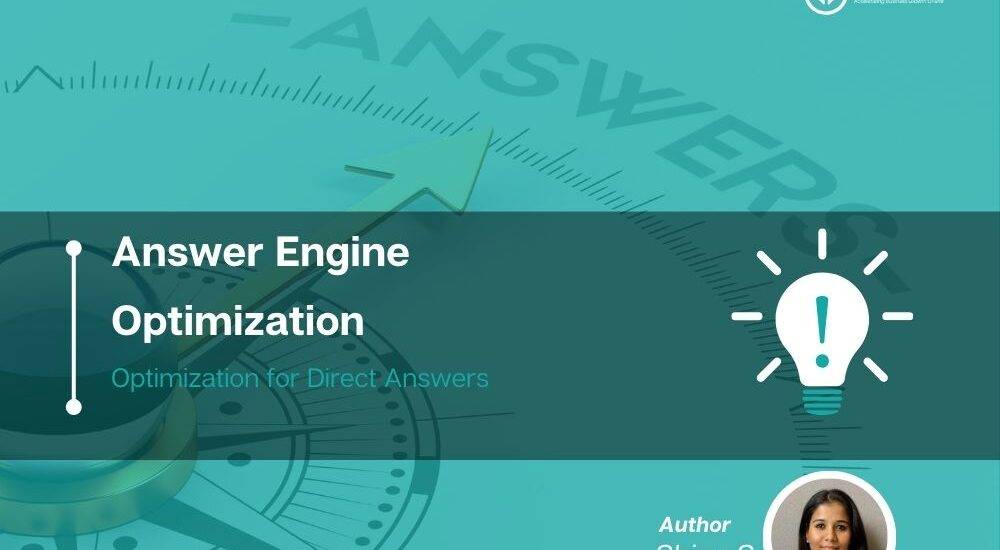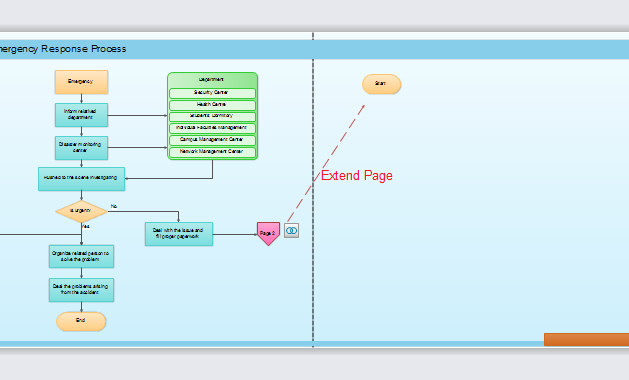
Introduction
In the age of artificial intelligence, more and more users are turning to AI-powered answer engines such as ChatGPT, Google Bard, or Microsoft Copilot to find information, solve problems, and make informed decisions. This shift significantly alters how content is discovered and consumed. Traditional SEO practices are no longer sufficient. To maintain visibility and authority, content creators and marketers must learn how to pitch content specifically for AI answer engines.
This guide offers a structured, strategic, and ethical approach to make your content more appealing and accessible to AI systems. By understanding how these systems work and what they prioritize, you can craft content that has a higher probability of being surfaced as a reliable source in AI-generated answers.
What Is SGE Answer Optimization and Why It Matters
SGE (Search Generative Experience) Answer Optimization refers to the process of structuring content to be more likely to be cited or referenced by AI-driven search engines like Google’s SGE, ChatGPT, or Perplexity. These systems generate entire responses based on large language models and a wide range of data sources. They prioritize:
- Clarity – Content must be easily digestible and well-structured.
- Authority – Prioritized sources are those considered credible and trustworthy.
- Usefulness – Practical answers with actionable advice tend to be favored.
- Consistency – AI favors sources with a history of producing high-quality content.
Unlike traditional search, where users click through several blue links, AI answer engines often cite or summarize one or two trusted sources. The competition is tougher—so it’s vital to understand how to earn that coveted mention.
How SGE Answer Optimization Impacts SEO Performance
SGE Answer Optimization influences traffic, engagement, and conversions in several ways. First, it affects how your content is perceived by both humans and machines. If your content is structured clearly and provides value, it becomes more likely to be cited by AI systems, increasing its visibility in search results.
Second, it impacts user engagement. When users see your content cited in an AI response, they’re more likely to trust and interact with your brand. This leads to higher engagement rates, which can improve your site’s performance in traditional SEO metrics.
Finally, it affects conversion rates. If your content is featured in AI-generated answers, it can drive qualified traffic directly to your website, increasing the chances of conversions.
Step-by-Step Implementation Framework
1. Define or Audit the Current Situation
Before optimizing your content for SGE, start by auditing your current content strategy. Identify which pieces of content are most likely to be cited by AI systems. Look at factors like clarity, authority, and usefulness. Use tools like Google Search Console or SEMrush to analyze your existing content’s performance.
2. Apply Tools, Methods, or Tactics
Once you’ve identified areas for improvement, apply specific tactics to optimize your content for SGE. This includes using structured data, semantic markup, and clear headings. Make sure your content is easy to read and provides direct answers to common questions.
3. Measure, Analyze, and Optimize
After implementing changes, measure the impact on your content’s visibility in AI-generated answers. Use tools like AI Monitor or SE Ranking to track mentions and citations. Analyze the data to identify what works and what doesn’t, and continue refining your strategy over time.
Real or Hypothetical Case Study
Let’s take a hypothetical example of a tech blog aiming to increase its visibility in AI-generated answers. The blog starts by auditing its content and finds that many articles lack clear structure and fail to address user intent effectively. They then implement SGE Answer Optimization techniques, including using question-based subheadings, bullet points, and semantic markup.
Over time, the blog sees a significant increase in mentions in AI-generated answers. Their content is now being cited more frequently, leading to increased traffic and engagement. This case study highlights the importance of structuring content for AI systems and the tangible benefits of doing so.
Tools and Techniques for SGE Answer Optimization
Several tools can help you optimize your content for SGE. Here are some of the most effective ones:
- SurferSEO – For keyword clustering and semantic scoring.
- SE Ranking – For tracking SGE snippets and analyzing competitor content.
- AI Monitor – For monitoring mentions and citations in AI-generated answers.
- Schema.org – For implementing structured data and semantic markup.
- Google Search Console – For analyzing your site’s performance in traditional search.
- Ahrefs – For backlink analysis and competitor research.
These tools provide valuable insights into how your content is performing in AI-driven search environments and help you refine your strategy.
Future Trends and AI Implications
As AI continues to evolve, the importance of SGE Answer Optimization will only grow. Future trends suggest that AI systems will become even more sophisticated in their ability to generate and curate content. This means that content creators must stay ahead of the curve by continuously adapting their strategies.
One key trend is the increasing use of multimodal content, such as images, videos, and interactive elements, which can enhance the user experience and improve the likelihood of being cited by AI systems. Additionally, the integration of voice search and other emerging technologies will require content to be optimized for natural language processing and conversational queries.
By staying informed about these trends and adapting your content strategy accordingly, you can ensure long-term visibility and relevance in the evolving landscape of AI-driven search.
Key Takeaways
- Understand AI priorities: Clarity, authority, usefulness, and consistency are crucial for SGE Answer Optimization.
- Audit your content: Start by assessing your current content strategy and identifying areas for improvement.
- Implement structured data: Use semantic markup and structured data to make your content more machine-readable.
- Measure and analyze: Track your content’s performance in AI-generated answers and refine your strategy over time.
- Stay ahead of trends: Keep up with the latest developments in AI and adjust your content strategy accordingly.
By following these steps, you can position your content to be more visible and relevant in the world of AI-driven search.
Meta Title
SGE Answer Optimization: How to Structure Responses for AI-Generated Answers
Meta Description
Learn how to optimize your content for AI-driven search engines like Google SGE, ChatGPT, and Perplexity. Discover practical strategies to increase visibility and authority in AI-generated answers.
SEO Tags
- SGE Answer Optimization
- AI-Generated Answers
- ChatGPT SEO
- Google SGE
- AI Content Strategy
Internal Link Suggestions
- [Parameter #100: SGE Optimization]
- [Parameter #108: Co-Occurrence Strategy]
- [Parameter #112: First-Party Data Integration]






